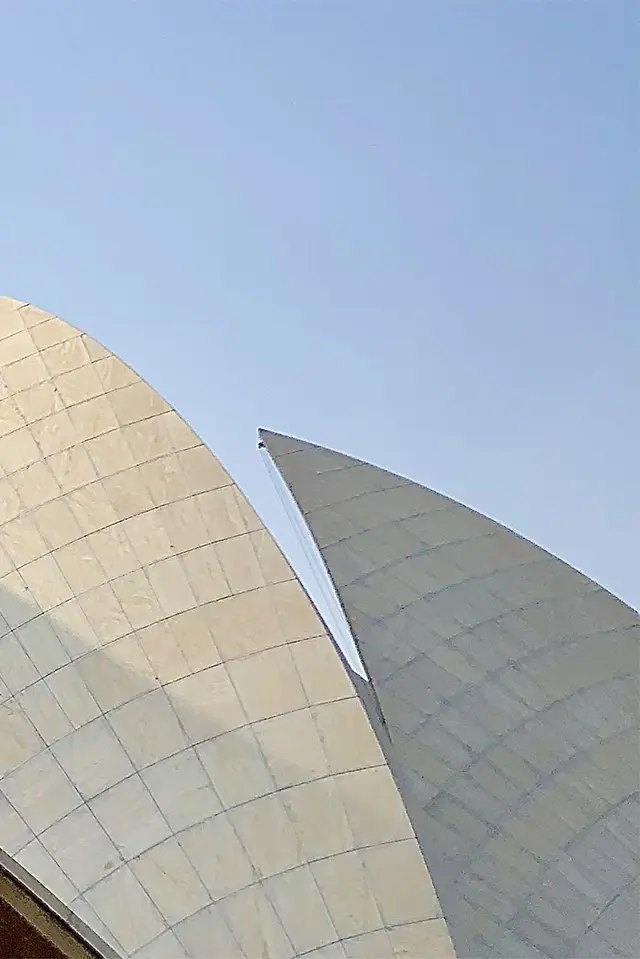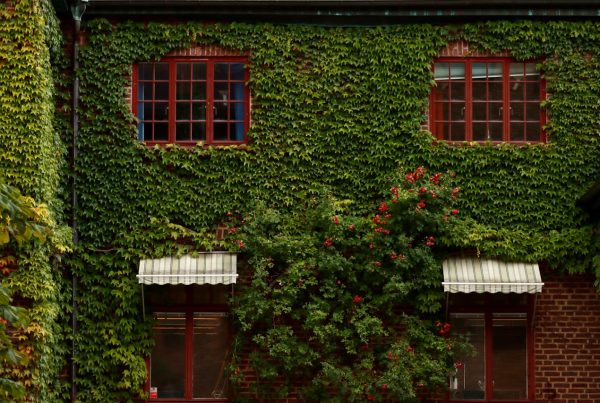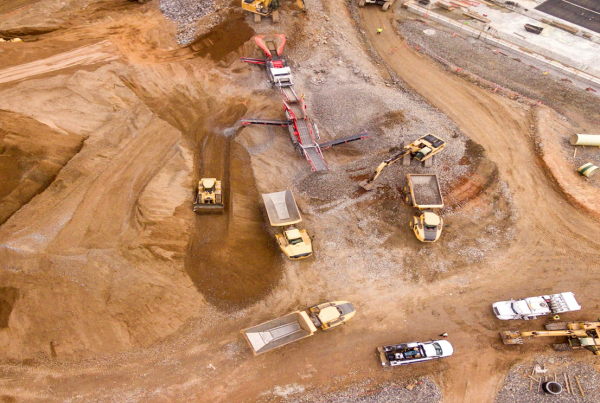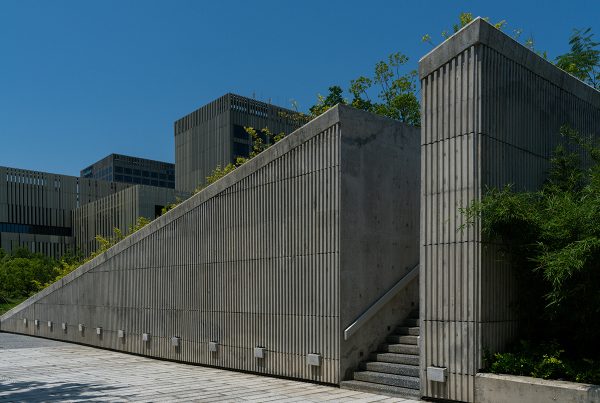A few articles ago, Lloyd Alter of Treehugger lamented the news of the threatened Prentice Hospital in Chicago.
For two reasons: one, because it’s pointless to demolish perfectly-good, structurally sound buildings just to erect a new one (pointless still if they just want to “improve the neighborhood’s skyline”.) And two: because he fears whatever will replace it will eschew the curved design which Prentice Hospital has so beautifully exemplified for the last 75 years.
It’s not mere nostalgia why protesters want the building intact, but there’s plenty more good reasons to let it stay than the other way around. The greenest building after all, according to Alter, is the one already standing.
Alter’s concern is the increasing homogenization of buildings—straight, angular buildings taking over curved ones. Other curved building s are under attack too, notes Mr. Alter—in Britain they’ve set guidelines on the prescribed look of their school buildings which proudly bans curves. Of course this may be just an isolated event just like Prentice Hospital, and in the natural course of things, both curved and straight forms in architecture will still be around because, after all, not everyone’s tastes are the same and we all need the variety. (Actually, if sci-fi films are to be believed, it is curved structures that will ultimately prevail—then again; I could be watching the wrong sci-fi.
Anyway, curved buildings, if you have to know, are green too.
Why curved buildings are green
Circular buildings purportedly are more structurally stable and stronger too. According to a custom builder specializing in circular homes, they’re more hurricane-resistant than conventional buildings.
And the best part of all is that circular buildings are more energy-efficient—the sphere apparently is “nature’s efficient shape”. Since circular buildings are more aerodynamic, air freely flows around while outside air is effectively kept out, and that’s good for insulation.
Also, a circular building means a house occupies less surface area, hence fewer amounts of building materials required for it.
Unfortunately, curved buildings have that extreme, kooky environmentalist stamped on them. The early Earthships of the 1970s might be all gentle curves and sloping domes (well, at least most of them), and sure they may be energy-efficient and water-neutral and have the approval of expressionist architecture (which inspired it), but the aesthetics aren’t always for everyone. Especially in an age where we favor clean, smooth minimalist lines over roundabout curves.
Sadly, other curved buildings, on the other hand are deliberately a work in progress, as their owners fiddle with one more aspect in its construction, never really intending to be content with the finished home. Or else these would-have-been-elegant round buildings are massively built, which naturally defeats the purpose of a green home.
Enter the Shire
Which brings us to the Hobbits home in the Shire. These tiny houses snugly carved out of hills hit the sweet spot, being just the right size and unintrusively situated in the environment. And they’re curved too! You certainly can’t get any more eco-friendly, organic, and in tune with nature than that. I remember when I first saw Fellowship of the Ring, I was more struck with the warm coziness of Bilbo’s modest dwelling than the ingenious way the filmmakers made him look diminutive compared to Gandalf.
So there’s still a certain elegance to curved buildings and circular buildings that regular buildings steeped in angles and straight lines don’t have. (Case in point, I can’t think Guggenheim and the Sydney Opera House as anything else—we just hope they’re as high-performance as they look .) The fluid lines resemble nature more closely—softly curving, graceful, airy, and serene. After all, the Hobbits lived harmoniously with their environment—compare that to the Orcs brutally pillaging the forests, which consequently mirrors their dark, jagged architecture.
And I don’t know about you, but I would very much prefer to live in one of those hill houses out there in the Shire than a cold, glass and steel building.
Curved Buildings Must Stay
So curved buildings are green and they’re here to stay. The more earth-friendly, the better. Banishing them on account of improving the skyline runs counter to all our green efforts so far. What’s more, when we allow the government to put a clamp on curved buildings, and when we ourselves contribute to its demise, it’s one less means of expression for all of us.












